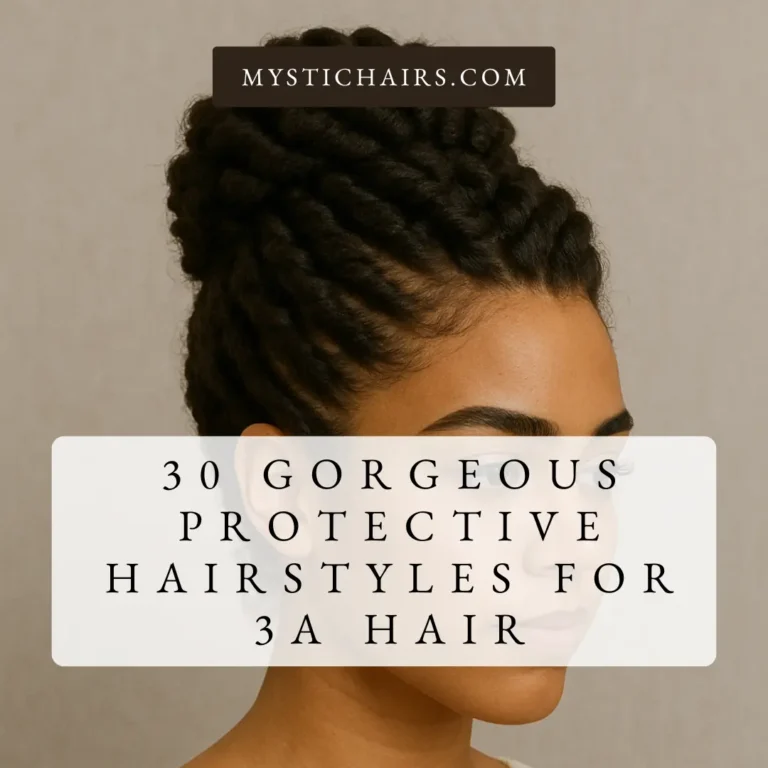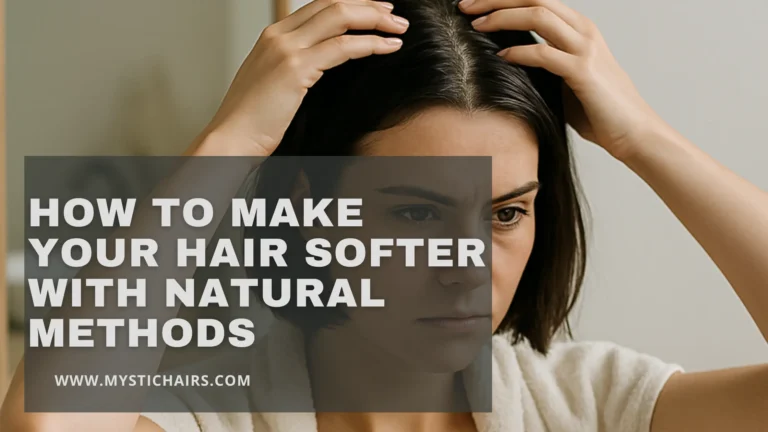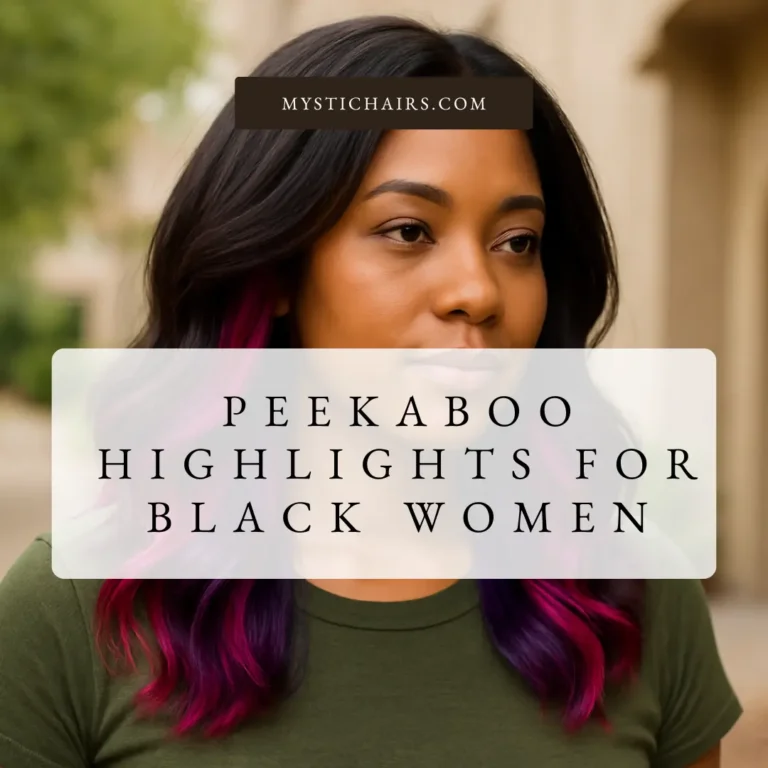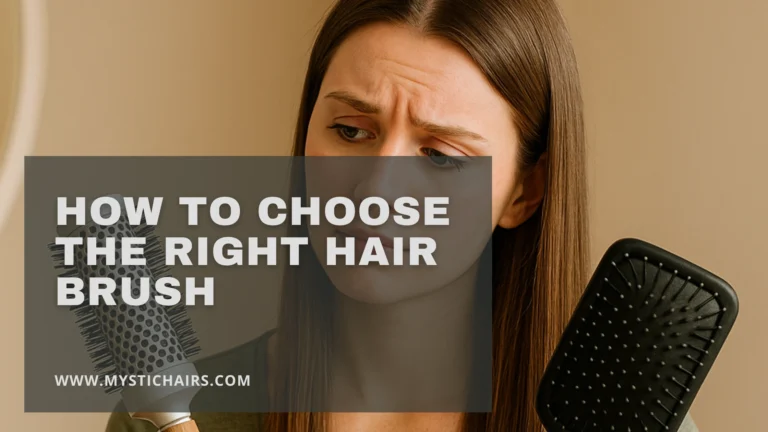How to Fix Split Ends Without Cutting: 15 Proven Methods for Smoother, Healthier Hair
For many people, split ends are the ultimate frustration—especially when you’re trying to grow your hair longer. While trimming is the most common fix, it’s not always an option if you’re aiming to maintain length. The good news is that there are several effective ways to address this problem without losing an inch of hair. Understanding how to fix split ends without cutting involves nourishing your strands from root to tip, protecting them from further damage, and using products that seal and smooth the cuticle.
Split ends occur when the protective outer layer of your hair shaft, called the cuticle, becomes worn away due to heat styling, chemical treatments, or environmental stressors. Once the cuticle is damaged, the inner layers become exposed, leading to fraying and breakage. With the right care and consistent treatment, you can minimize the appearance of split ends, strengthen your hair, and prevent new ones from forming—no scissors required.
How to Fix Split Ends Without Cutting
Deep Conditioning Treatments
A high-quality deep conditioner can work wonders when learning how to fix split ends without cutting. Look for formulas rich in nourishing oils, proteins, and humectants such as shea butter, coconut oil, and hydrolyzed keratin. These ingredients help smooth the hair shaft, lock in moisture, and temporarily seal damaged cuticles to reduce the visibility of split ends.
Apply a generous amount of deep conditioner once or twice a week, focusing on the mid-lengths and ends where damage is most severe. Leave it on for at least 20–30 minutes to allow the nutrients to fully penetrate. For even better results, wrap your hair in a warm towel during the treatment to help the product absorb more effectively.

Hair Masks with Natural Oils
If you want to repair damaged hair naturally, hair masks made from oils like argan, olive, and avocado are excellent. These oils are rich in fatty acids and vitamin E, which help fortify the hair’s natural lipid barrier. This makes them ideal for split end treatment at home.
You can create a DIY mask by blending your chosen oil with honey or aloe vera gel, then applying it to your hair for 30–45 minutes before rinsing. Doing this weekly helps maintain softness, reduce frizz, and make split ends less noticeable without having to cut your hair.

Leave-In Conditioners
Leave-in conditioners act as a protective layer, shielding hair from environmental stress, friction, and heat damage. They are an essential step for anyone who wants to understand how to fix split ends without cutting.
Choose a lightweight formula if you have fine hair, or a creamier texture for thick, coarse hair. Apply a small amount to damp hair after washing, focusing on the ends. This added moisture and protection can significantly reduce further damage.

Repairing split ends is just one step—pair it with these tips on how to grow your hair faster for healthier length.
Hair Serums and Oils for Sealing Ends
Split end sealing serums are specially formulated to coat the hair shaft, binding frayed fibers together temporarily. While they don’t heal split ends permanently, they improve the appearance and make hair feel smoother.
Products containing silicone derivatives like dimethicone are great for this purpose, as they create a sleek finish and lock in hydration. For a more natural option, try lightweight oils like argan or jojoba, which add shine and help prevent future damage.

Minimize Heat Styling
Heat is one of the biggest culprits behind split ends and breakage. Curling irons, straighteners, and blow dryers weaken the hair cuticle over time. If you’re working on split end prevention, reducing heat exposure is essential.
When you do use heat tools, always apply a heat protectant spray and keep the temperature at the lowest effective setting. Air-drying your hair whenever possible will also help preserve strength and smoothness.
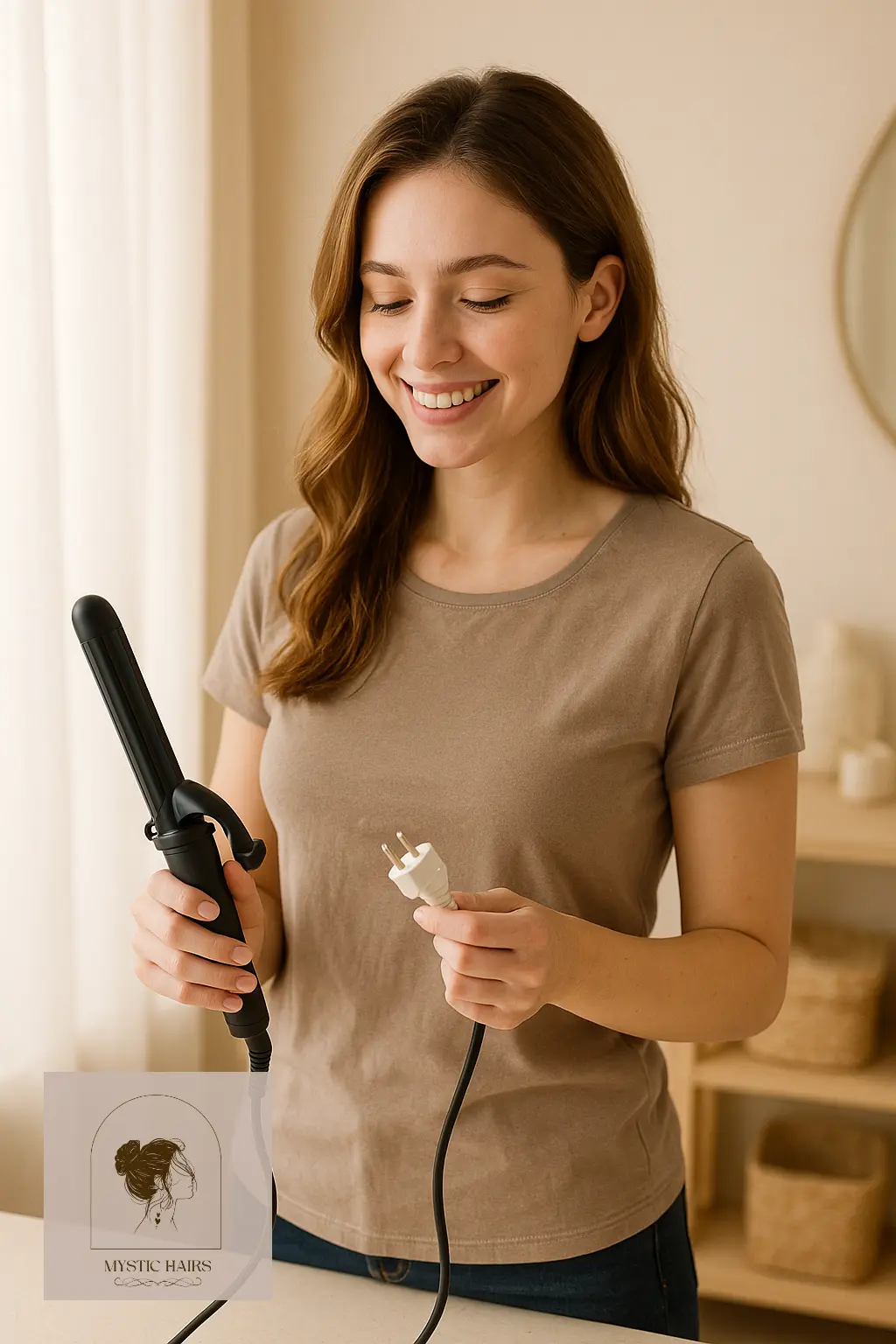
Use a Silk or Satin Pillowcase
Friction from rough pillowcases can cause hair fibers to fray, leading to split ends. Switching to a silk or satin pillowcase helps minimize tangles and breakage overnight.
This simple change not only aids in split end treatment without cutting but also helps maintain smoothness and shine. Pair it with a loose braid or hair wrap for extra protection while you sleep.

Avoid Over-Washing
Washing your hair too often strips it of its natural oils, leaving it dry and prone to breakage. Instead, wash only when necessary—typically 2–3 times per week depending on your hair type.
On non-wash days, use a dry shampoo to absorb excess oil and refresh your style without subjecting your hair to more water and shampoo. This helps keep the ends moisturized and protected.

Strengthen strands and avoid future damage with our guide on how to prevent hair breakage.
Cold Water Rinse
Ending your wash routine with a cold water rinse helps seal the hair cuticle, reducing frizz and minimizing the look of split ends. This technique also enhances shine and smoothness.
While it might not be the most comfortable habit, incorporating a cool rinse after every shampoo or conditioning session can make a noticeable difference over time.

Protein Treatments
Hair is primarily made of keratin protein, so restoring it with protein treatments can help strengthen and repair weak spots. Hydrolyzed proteins in masks or conditioners temporarily patch up damaged areas in the hair shaft.
However, it’s important to balance protein with moisture. Too much protein can make hair stiff, so alternate between protein and moisturizing treatments for the best results.

Protective Hairstyles
Wearing protective hairstyles such as braids, buns, or twists can prevent friction and damage to your ends. This is especially useful if you have long hair prone to tangling.
Keep styles loose to avoid tension on your scalp and strands. Using soft, snag-free hair ties or silk scrunchies will further reduce breakage.

Regular Scalp Massages
Many people focus only on the ends when dealing with split ends, but healthy hair starts at the scalp. Regular scalp massages help stimulate blood circulation, which in turn promotes stronger, healthier growth from the roots. While this won’t physically “heal” existing splits, it strengthens the hair that grows in, reducing the chance of future breakage.
When incorporating this into your routine, use nourishing oils like jojoba, rosemary-infused oil, or coconut oil during the massage. Gently work the oil into your scalp with your fingertips for 5–10 minutes, focusing on even coverage. This not only conditions your roots but also keeps the mid-lengths and ends more hydrated over time. Over several weeks, consistent massages combined with the other steps in how to fix split ends without cutting will give you a noticeable boost in hair resilience and shine.

Healthy ends start with a healthy scalp—here’s how to get rid of dandruff.
Apple Cider Vinegar Rinse
An apple cider vinegar (ACV) rinse is an age-old beauty trick for restoring shine and smoothness to damaged hair. ACV works by balancing the scalp’s pH level, smoothing down the cuticle, and helping to detangle hair, all of which contribute to making split ends less noticeable.
To try this, mix two tablespoons of raw, unfiltered ACV with one cup of cool water. After shampooing, pour the mixture slowly over your hair, making sure to coat the mid-lengths and ends thoroughly. Leave it in for a minute or two before rinsing with cold water. This simple, inexpensive treatment helps remove buildup from styling products, which can otherwise make split ends look frizzier. Over time, using ACV once a week alongside other split end treatment methods can greatly improve manageability and luster.

Aloe Vera Gel Treatments
Aloe vera gel is a natural moisturizer loaded with vitamins A, C, and E, all of which contribute to healthy cell turnover and hair growth. Its gel-like consistency coats the hair shaft, smoothing rough cuticles and locking in hydration. This makes it a wonderful ingredient for anyone looking for natural solutions in how to fix split ends without cutting.
To use aloe vera for split end care, apply fresh aloe gel directly to your damp hair after washing. Focus on the last few inches of your strands, where damage is most visible. Let it sit for about 20 minutes before rinsing. Not only does aloe help seal moisture into the hair, but it also adds slip, making detangling easier and reducing the risk of breakage during combing. For best results, combine aloe vera with a few drops of coconut oil or argan oil for extra nourishment.
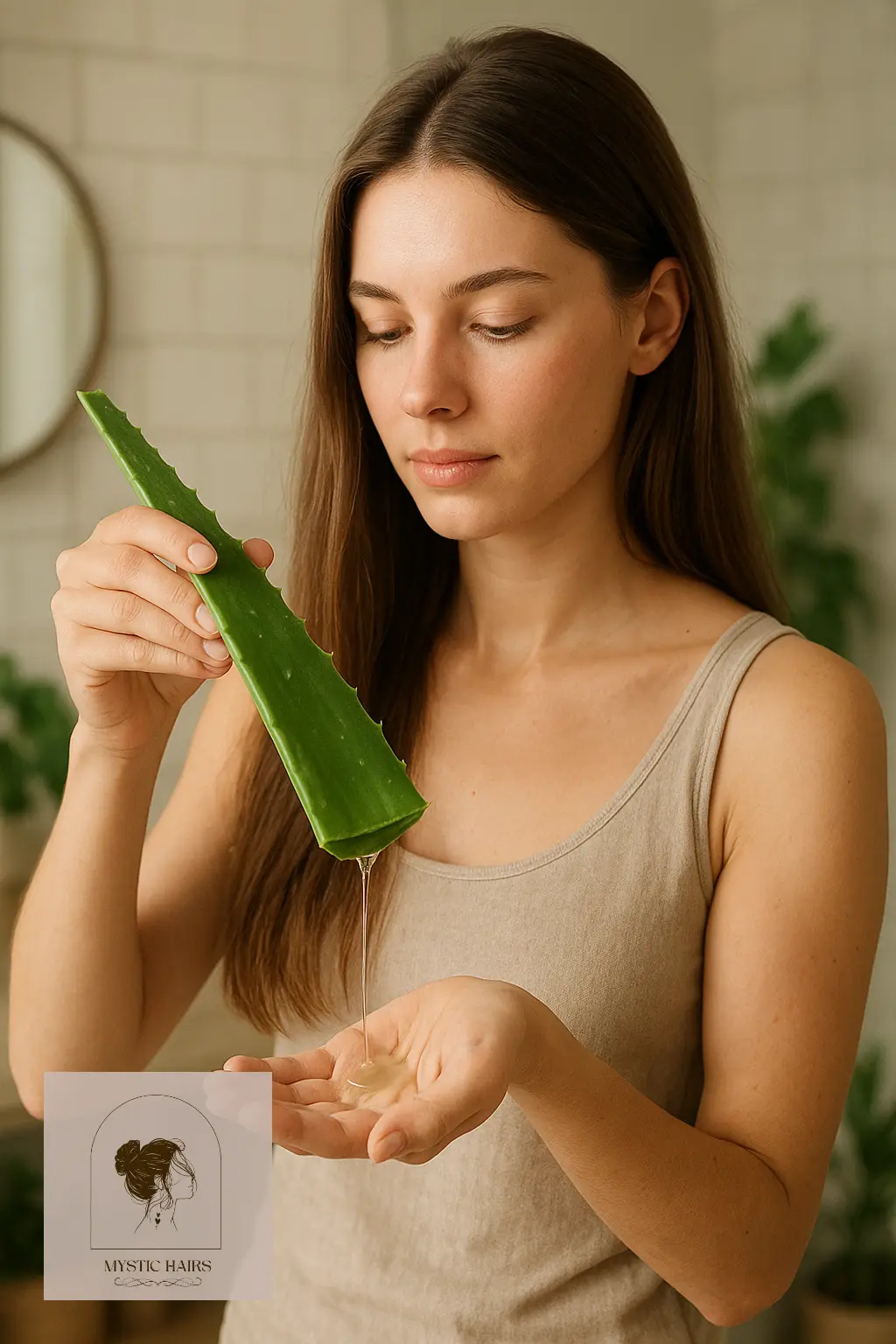
Avoid Chemical Overprocessing
Chemical treatments like bleaching, perming, or frequent coloring can be incredibly harsh on your hair’s cuticle. Over time, these processes weaken the structure of your hair, leaving it more vulnerable to split ends and breakage. If you are serious about split end prevention without cutting, reducing the frequency of chemical processing is crucial.
Instead of fully bleaching or coloring your entire head each time, consider partial highlights, root touch-ups, or low-maintenance color techniques like balayage. These methods allow for fewer chemical applications while still keeping your style fresh. In between treatments, use bond-repair masks and protein-infused conditioners to restore some of the structural integrity that chemical services strip away.

Gentle Detangling Techniques
Rough brushing or combing is a fast track to creating more split ends. Learning how to detangle your hair gently can make a world of difference. Start by using a wide-tooth comb or a detangling brush designed for wet hair. Always begin combing from the tips, working your way upward to prevent snagging and breakage.
It’s also helpful to detangle hair while it’s coated in conditioner or a leave-in spray, as the added slip helps prevent fibers from snapping. Taking this extra care during your detangling routine is a subtle but essential part of how to fix split ends without cutting, because it ensures your ends stay intact and protected for longer periods.
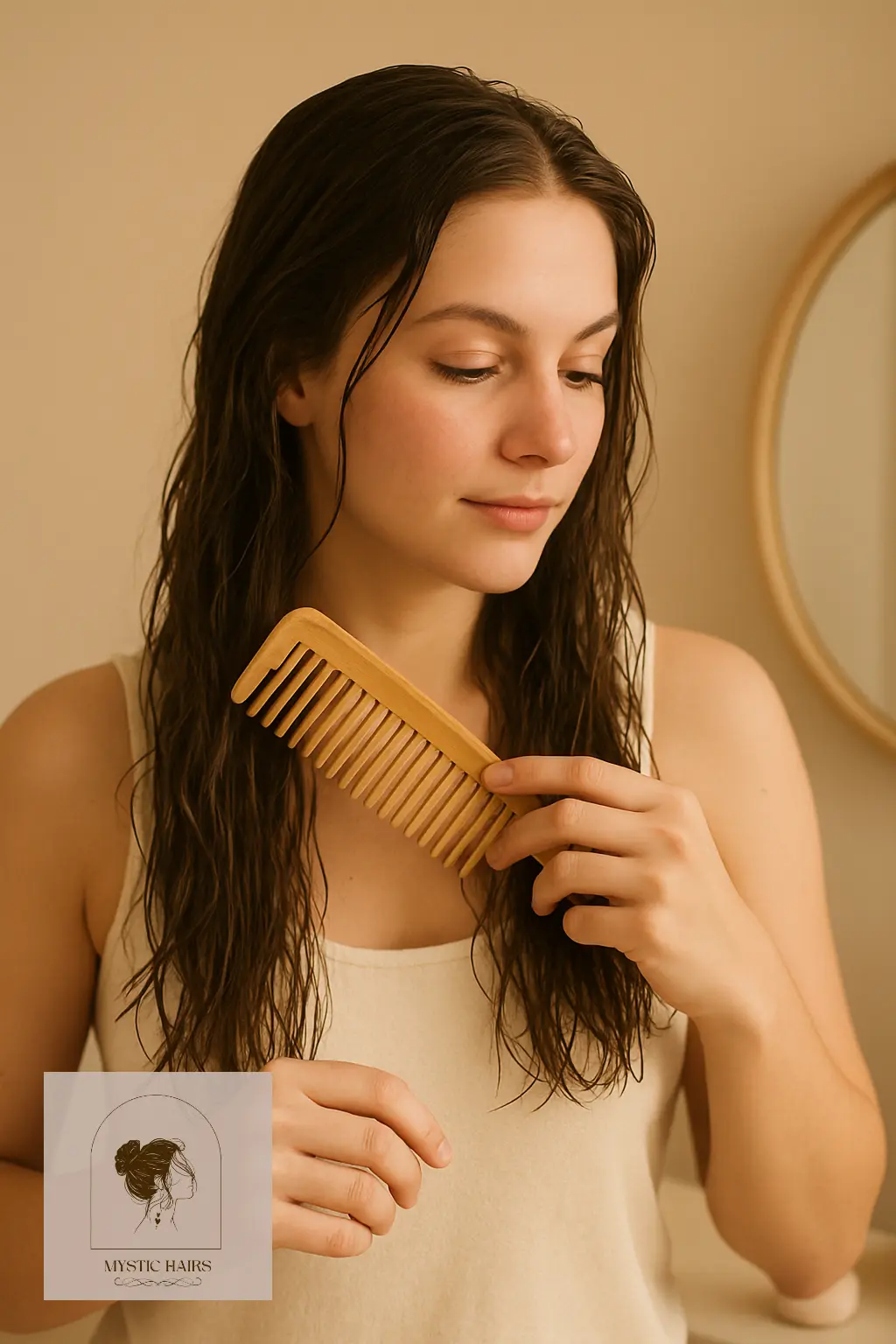
Keep your ends smooth by learning how to reduce frizz in hair.
Tips for Preventing and Managing Split Ends
- Trim Strategically: Even if you’re avoiding frequent cuts, removing just 1–2 cm every few months can stop splits from traveling up the hair shaft.
- Use Hair Sunscreen: UV rays can weaken the cuticle and make hair more prone to splitting. Apply a UV-protectant spray before sun exposure.
- Stay Hydrated: Drinking enough water keeps your hair hydrated from within, which improves elasticity and reduces breakage.
- Avoid Tight Hairstyles: Constant tension from ponytails, buns, or braids can cause stress on your ends. Opt for loose, gentle styles when possible.
Conclusion
While there’s no way to permanently repair split ends without trimming them off, these strategies can significantly improve the look and feel of your hair. By focusing on hydration, gentle handling, and protective measures, you can keep your ends smooth and minimize further damage. Learning how to fix split ends without cutting is about commitment to long-term care—nourishing your strands with the right treatments, avoiding harmful habits, and protecting them from environmental stress.
If you combine multiple tips from this list and remain consistent, you’ll notice softer, shinier hair that holds onto its length more easily. Healthy hair is not just about the absence of split ends—it’s about creating an overall routine that supports your strands from root to tip.

Aria Blake is a beauty writer and hairstyle curator passionate about empowering women through timeless trends and modern haircare. With a deep love for natural textures and creative styling, Aria blends expert tips with real-life inspiration to help you look and feel your best—every single day. When she’s not writing for MysticHairs.com, you’ll find her exploring protective styles, sipping herbal tea, or pinning dreamy looks for your next hair glow-up.

